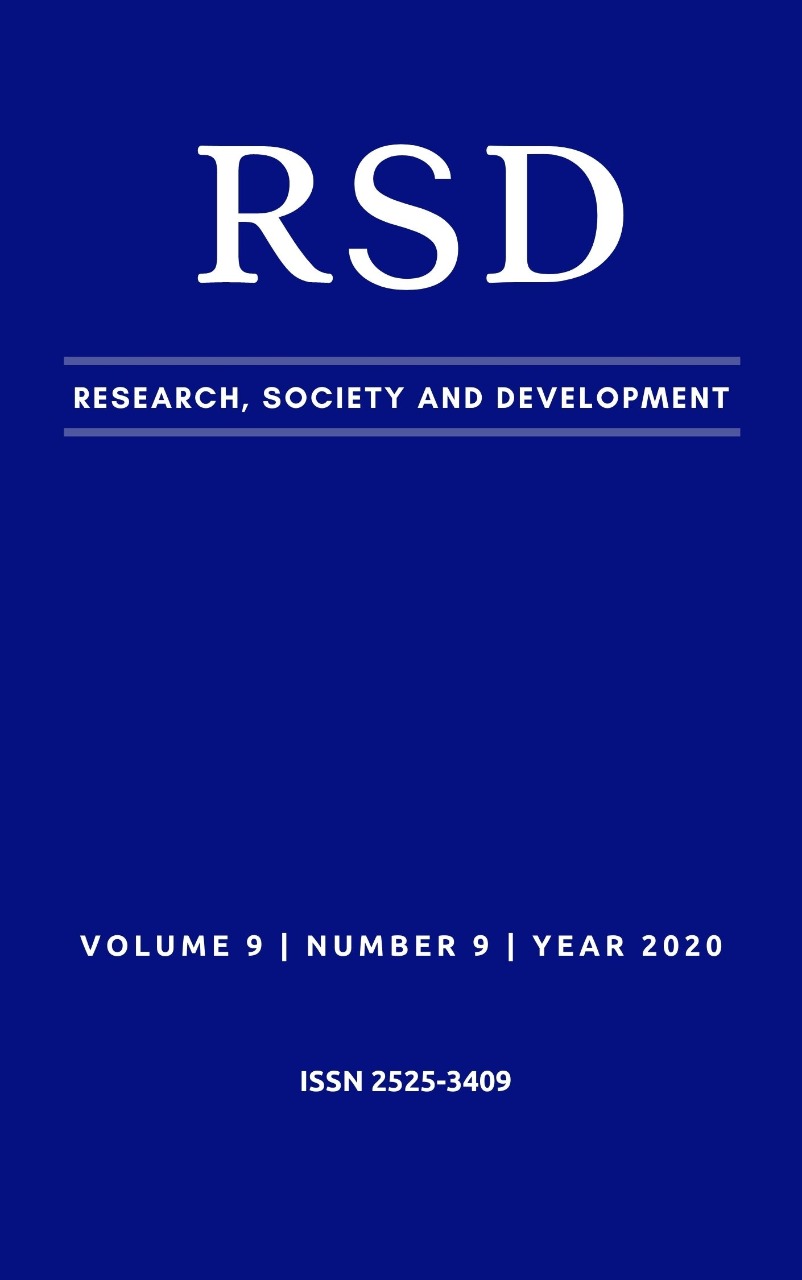The Language Attitude of Simalungun People toward Vernacular Maintenance in Pematang Siantar
DOI:
https://doi.org/10.33448/rsd-v9i9.7510Keywords:
Language attitude, Vernacular maintenance, Language.Abstract
This study is aimed to find out the language attitude of Simalungun people toward vernacular maintenance in Pematang Siantar. The data were collected from the Simalungun people living in Sitalasari district Pematang Siantar regency. The study employs qualitative research design with some informant’s consent with the need of this research to get understanding. The subjects of this study were 18 Simalungun people (17 years old to 25 years old). The instruments used for collecting data were questionnaire sheet, observation sheet, recording and interview. The data from questionnaire sheet were used to examine the language attitude. The findings show that there are 10 (55, 6 %) informants who have negative attitude and 8 (44. 4 %) informants have the positive attitude. These are influenced by three different factors which affect the attitude, namely; the tendency of language disloyalty, lack of pride and unawareness of the norm. This causes the language to be less frequency in use particularly in daily social life communication.
References
Bogdan, R. C, & Biklen, S. K. (1992). Qualitative Research For Education: An Introduction to Theory and Methods. Boston: Allyn & Bacon.
Batubara, A. J. (2012). The Maintenance of Bahasa Mandailing in Medan-Tembung (Doctoral dissertation, UNIMED).
Cavallaro, F. (2005). Language maintenance revisited: An Australian perspective. Bilingual Research Journal, 29(3), 561-582.
Djam’an, S., & Aan, K. (2010). Metodologi Penelitian Kualitatif. Bandung: alfabeta.
Garvin, P. L., & Mathiot, M. (1968). The Urbanization of the Guarani Language: Problem in Language and Culture in Fishman. Reading in Test Sociology of Language, Mounton: Paris-The Hague.
Ferguson, G. (2006). Language planning and education. Edinburgh University Press.
Gomaa, Y. A. (2011). Language maintenance and transmission: The case of Egyptian Arabic in Durham, UK. International Journal of English Linguistics, 1(1), 46.
Holmes, J. (2013). An introduction to sociolinguistics. Routledge.
Sitepu, R. D. N. (2016). LANGUAGE SHIFT AMONG YOUNG GENERATIONS OF KARONESE (Doctoral dissertation, UNIMED).
Mufwene, S. S. (2004). Language birth and death. Annu. Rev. Anthropol., 33, 201-222.
Martin, M. D., 1998. Social and linguistic consequences of vernaculars others than
English and Spanish in Spanish speaking community. Griffith University Press.
Mack, N. (2005). Qualitative Research Methods. A Data Collector’s Field Guide. USA: Family Health International.
Oriyama, K. (2010). Heritage Language Maintenance and Japanese Identity Formation: What Role Can Schooling and Ethnic Community Contact Play?. Heritage language journal, 7(2), 76-111.
Mesthrie, R., & Hurst, E. (2013). Slang registers, code-switching and restructured urban varieties in South Africa: An analytic overview of tsotsitaals with special reference to the Cape Town variety. Journal of Pidgin and Creole Languages, 28(1), 103-130.
Seidman, I. (2006). Interviewing as qualitative research: A guide for researchers in education and the social sciences. Teachers college press.
Yusri, G., Rahimi, N. M., Shah, P. M., & Wan Haslina, W. (2011). Attitude towards learning oral Arabic as a foreign language among Malaysian students. Pertanika Journal of Social Sciences & Humanities.
Downloads
Published
Issue
Section
License
Copyright (c) 2020 Indra Jayanti Damanik; Risjunardi Purba

This work is licensed under a Creative Commons Attribution 4.0 International License.
Authors who publish with this journal agree to the following terms:
1) Authors retain copyright and grant the journal right of first publication with the work simultaneously licensed under a Creative Commons Attribution License that allows others to share the work with an acknowledgement of the work's authorship and initial publication in this journal.
2) Authors are able to enter into separate, additional contractual arrangements for the non-exclusive distribution of the journal's published version of the work (e.g., post it to an institutional repository or publish it in a book), with an acknowledgement of its initial publication in this journal.
3) Authors are permitted and encouraged to post their work online (e.g., in institutional repositories or on their website) prior to and during the submission process, as it can lead to productive exchanges, as well as earlier and greater citation of published work.


